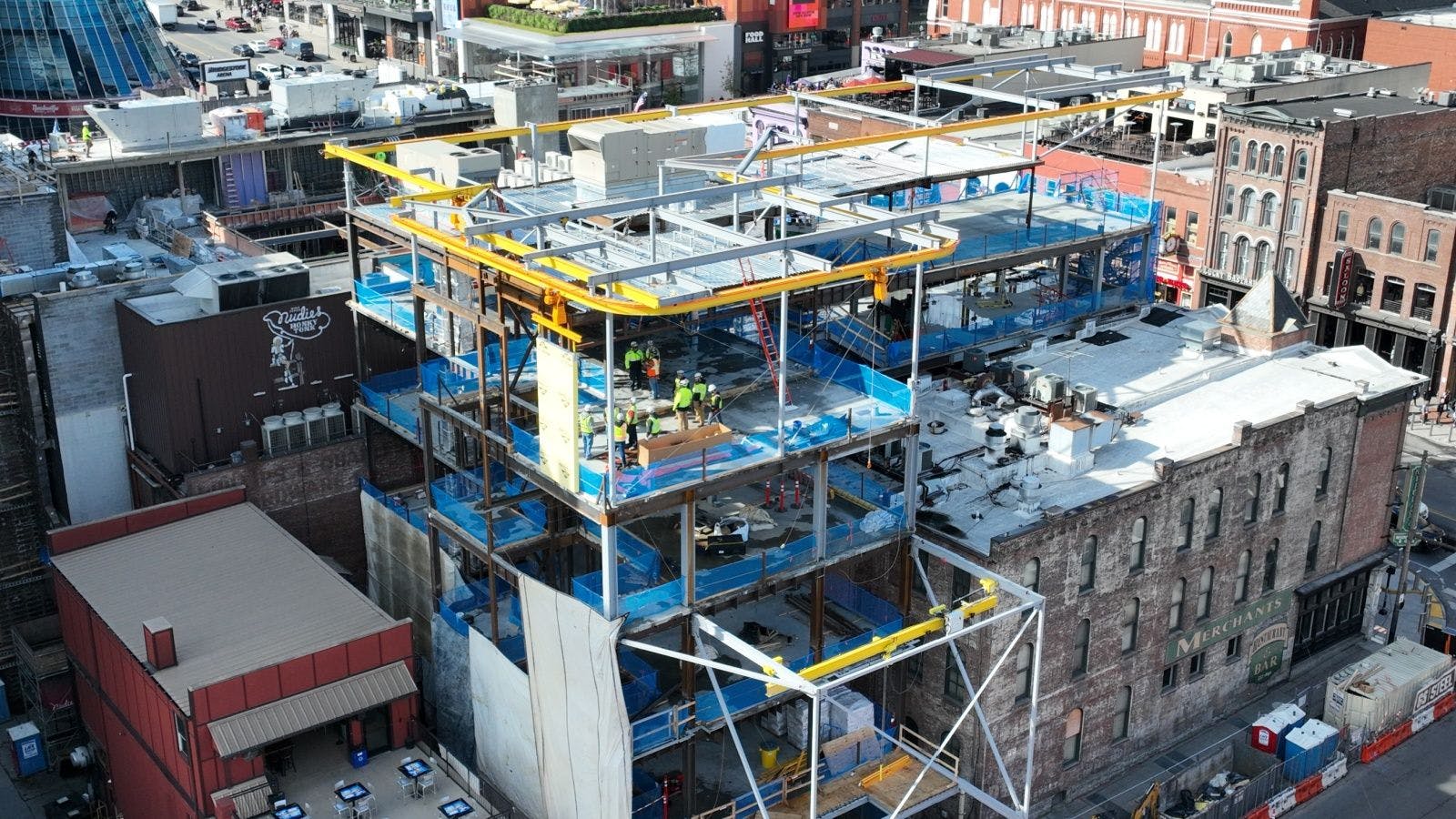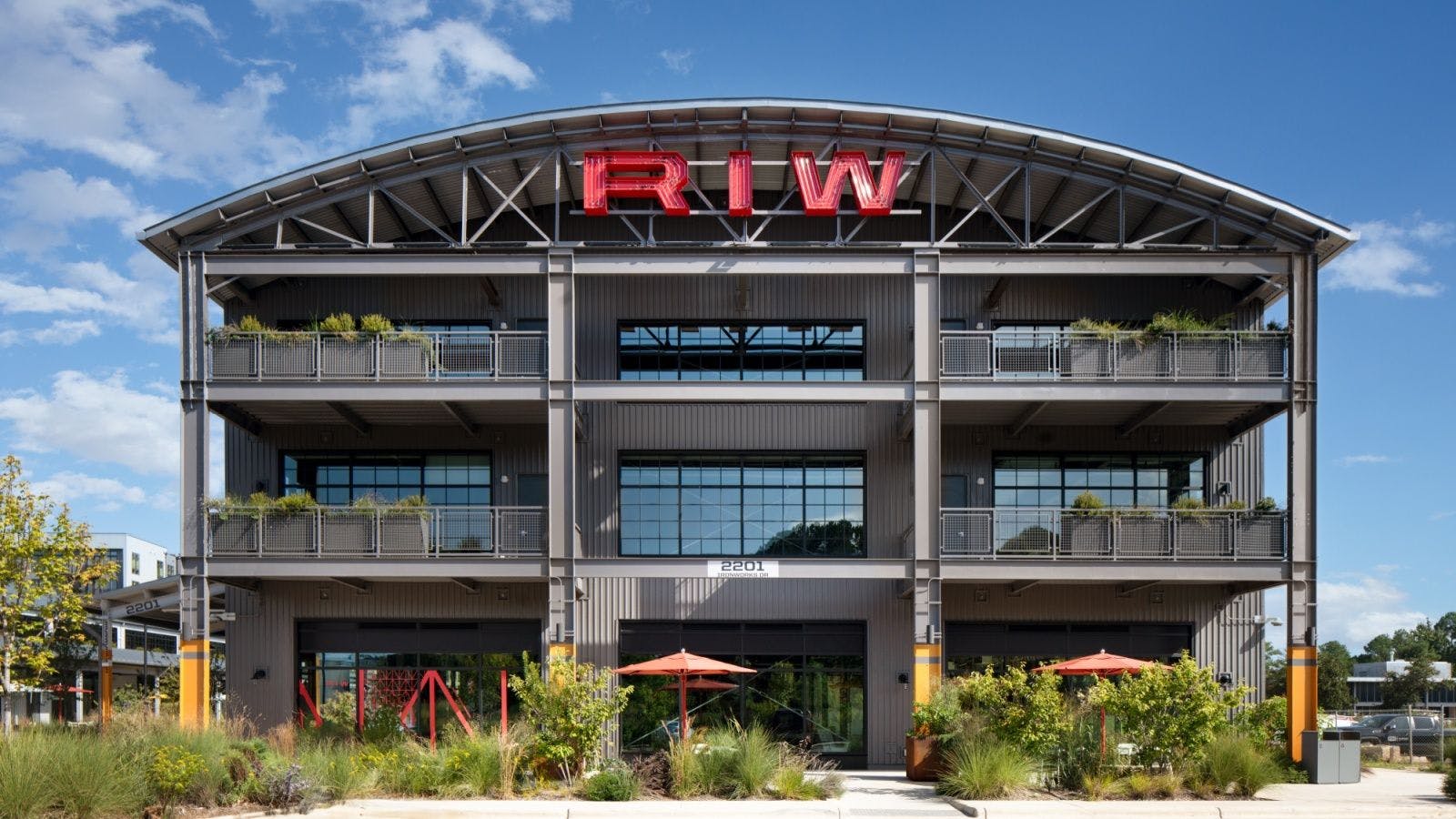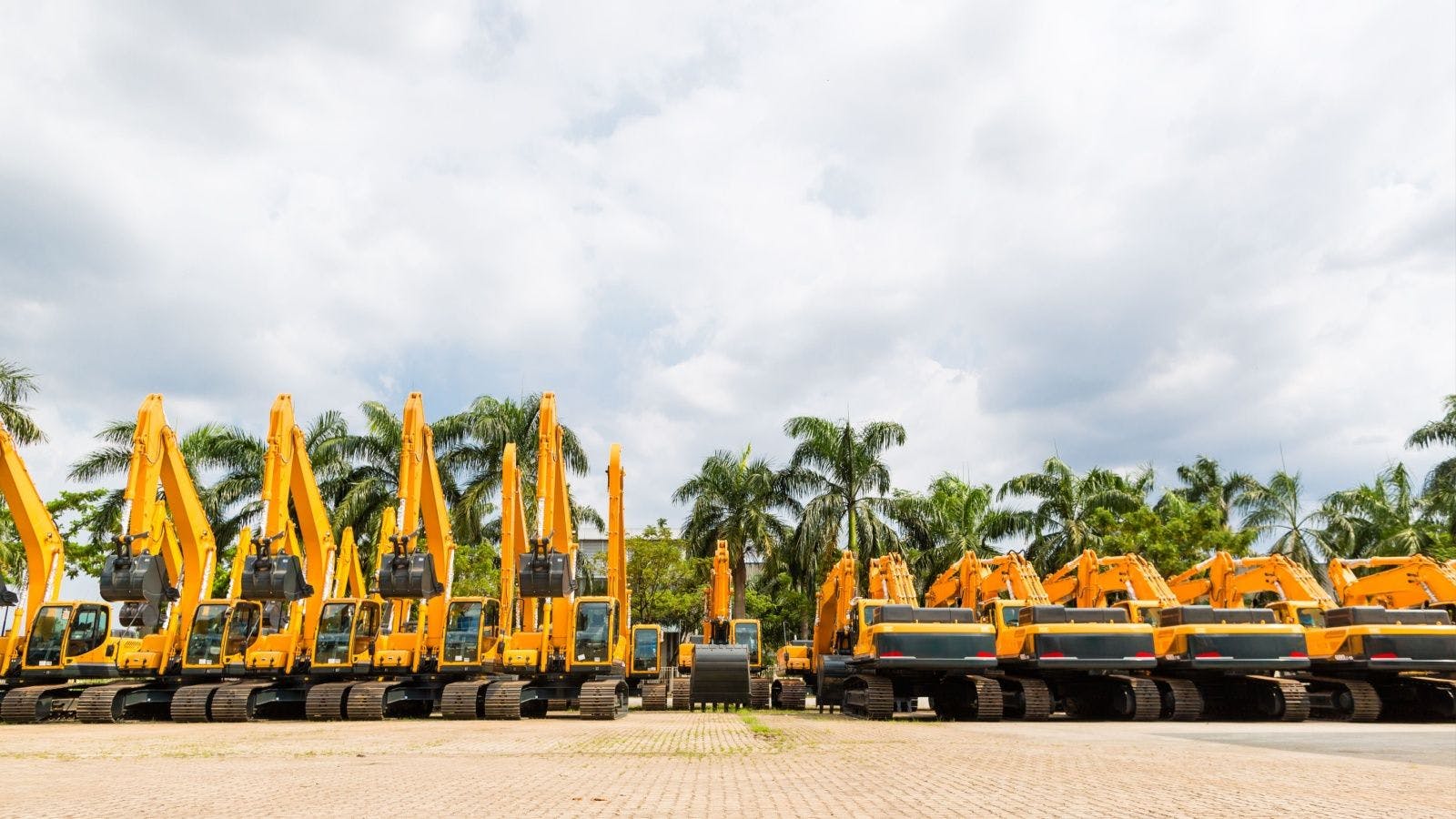
Apartment Construction Booms as Remote Work Changes Loom
According to RentCafé®, more than one-third of U.S. cities are upgrading apartment spaces (increasing in most cases by approximately 50 square feet), allowing for new trends following the COVID-19 pandemic, including home offices.
In fact, 36% of cities surveyed are building larger apartments, with 51% graduating to house two bedrooms. Of those expanding, Everett, Washington, is the leader, with the most apartments in construction. Urban areas are also on the list, with Charlotte, North Carolina, and Chicago making the top 20 as well. The largest apartments are being built in Everett (1,195 average square feet); Scottsdale, Arizona (1,139 average square feet) and Athens, Georgia (1,132 average square feet).
The labor market is facing a historically deep dive, having already been on a downward trend prior to COVID-19. And although the economy is starting to climb, workers are still unemployed. Why? Workers, bolstered by the latest wave of stimulus checks, are quitting (and sometimes even ghosting) employers in order to obtain better benefits, including higher pay. According to Adecco Staffing USA, employees are 60% more likely to return to work if the pay rate falls above the 75th percentile.
Per the Pew Research Center, the labor slump may not be as bad as it seems. Those who left the labor force during the pandemic were not counted as “unemployed,” meaning that the U.S. unemployment rate in February 2021 may have been as high as 9.9%—instead of the 6.6% reported. This is a drastic improvement over April 2020, which reported at 14.4% but can be adjusted to 22.7%. Many people have, and are, reentering the workforce; it’s just more of a trickle than a rush.
Deloitte reports that the labor force is still 5 million people short of its projection had COVID-19 never taken place. The firm also notes that receipt of stimulus checks is far from the only reason workers are ignoring pleas to return to work. Risky occupations, child care and lack of open employment were factors of discouragement.
Further, while the construction industry lost 7,000 net jobs in June, the industry has recovered 875,000 (78.6%) of the jobs lost during the earlier stages of the pandemic, according to an Associated Builders and Contractors analysis of data released by the U.S. Bureau of Labor Statistics.
“It is essential to balance the investment in pay and incentives with the cost of lost opportunity,” says Sara Gordon, head of customer success at Adecco. “Many of our customers find that shortages or outages of production lines create a downstream impact that is much more expensive than a pay rate increase.”
Construction Executive, an award-winning magazine published by Associated Builders and Contractors, is the leading source for news, market developments and business issues impacting the construction industry. CE helps its more than 50,000 print readers understand and manage risk, technology, economics, legal challenges and more to run more profitable and productive businesses.
Related stories








